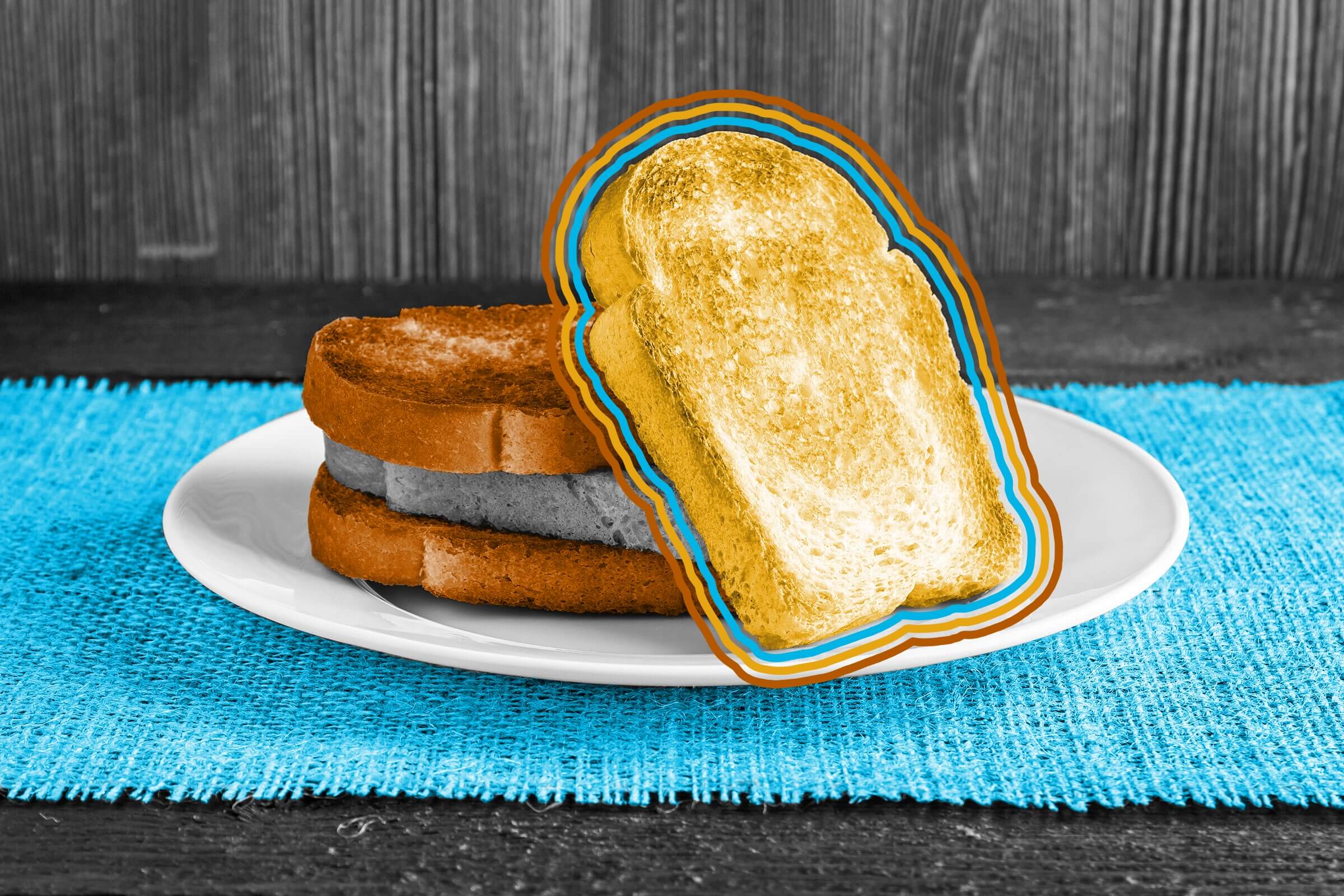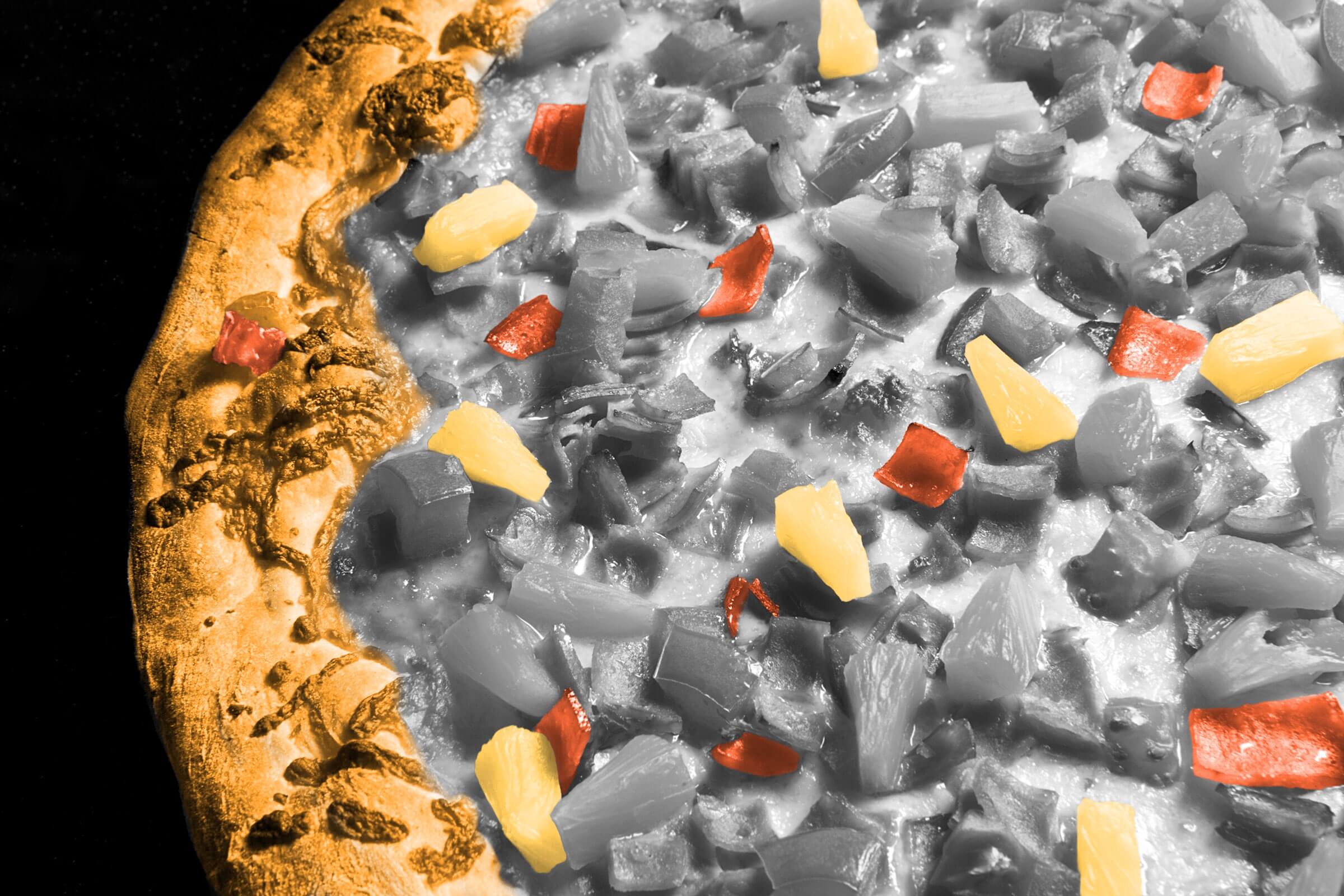
The concept of toasting comes from putting a piece of toast in one’s drink.
Today, cultures around the world have specific rules and phrases for the common toast. In South Korea, one accepts a drink with two hands, and in Italy, locking eyes is absolutely essential. But how exactly does the word “toast,” as in dry bread, figure into all of this? Well, it turns out dunking literal pieces of toast into a drink during celebrations in someone’s honor was commonplace centuries ago. Historians believe the practice came from the idea that the bread soaked up unwanted bitter or acidic sediments found in wine, thus making the drink more enjoyable. By the 18th century, the term “toast” somehow became more entwined with the person receiving the honor than the bread itself, which is also where the phrase “toast of the town” originates.
Although dipping crusty bread into your beverage isn’t a common custom today, you don’t have to look hard to find remnants of the practice in literature. In William Shakespeare’s The Merry Wives of Windsor, the hard-drinking Falstaff quips, “Go, fetch me a quart of sack [wine]; put a toast in ’t,” a reference to the bread-dipping ritual. Lodowick Lloyd’s The Pilgrimage of Princes, written in 1573, also contains the passage “Alphonsus … tooke a toaste out of his cuppe, and cast it to the Dogge,” confirming that the alcohol-infused bread didn’t always go to waste after being dunked. Because general toasting in 16th- and 17th-century Europe was often an excuse to drink heavily, many temperance movements, including one in Puritan Massachusetts, banned the practice in the name of health. Of course, these bans didn’t stick, and today toasts — sans actual bread — are central to some of the biggest celebrations in our lives.
Today the word “libation” is mostly used as a stand-in for “alcoholic beverage,” but such a definition omits the complex history of the religious and secular ritual known as libation — the act of pouring out a drink to honor the deceased or a deity. Libation is one of the most widespread yet least understood rituals in human history. The act of pouring out liquid (whether on the ground or on an elaborate altar) can be found in cultures throughout the world dating back to the Bronze Age. The Papyrus of Ani, dated 1250 BCE, reads, “Pour libation for your father and mother who rest in the valley of the dead,” and religions with seemingly little connection, such as Greek paganism, Judaism, Christianity, and traditional African religions, all feature some sort of libation ceremony. Even tribes in pre-Columbian South America, separated by an entire ocean from these other examples, performed similar liquid sacrifices. Today, forms of libation rituals still occur in Kwanzaa celebrations, weddings, the hit comedy show Key & Peele, and in bars around the world, where patrons (usually metaphorically) “pour one out” for the dearly departed.

